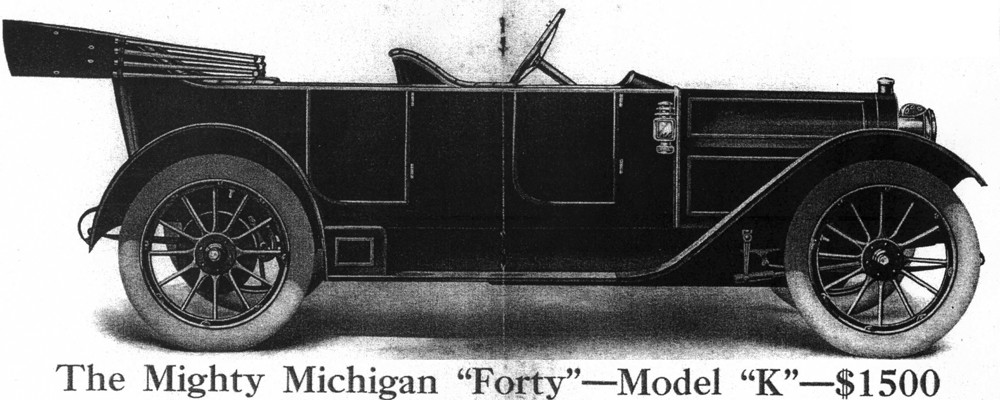So, we’ve been on several trips since my last post. Mostly around Carlsbad and down the coast on Highway 101, Pacific Coast Highway (or Carlsbad Boulevard, in the City of Carlsbad). The longest of these has been about 25 miles or so. Overall the car has been behaving well. I’m still learning how to upshift (fairly easy) and down shift (really difficult). There is a reason these pre-synchromesh transmissions are called “crash-box” transmissions. Matching the speed of the driving gear with the speed of the driven gear while the car is in motion is not easy. The rear wheels of the car are spinning and that spins the differential and drive shaft all the way up to and including the output shaft (and gears) of the transmission. All of this is independent of how fast the input shaft from the engine and clutch are spinning when the car is in neutral. These gears must mesh if you are going to shift from one gear — 2nd up to another gear 3rd or from 3rd down to 2nd to slow the car – such as on a hill. Simply moving the gear shifter to the next gear (up or down shifting) does NOT mesh them. The result is a clash of gear teeth that makes a horrid grinding noise as the gears cry out that they are not synchronized. Until you hear it, you won’t appreciate how cringe inducing it is. Oh, and your passengers will know you are a rookie.
For those of you that are unaware, synchromesh gearing was introduced in 1928, by Cadillac, after being invented by Earl Avery Thompson in 1919. Virtually all manual transmission vehicles use synchromesh transmissions to get transmission gears to synchronize before full engagement. Thank you Mr. Thompson, I really appreciate you because of what we DON’T have in our Michigan’s transmission.
The way to avoid gear grinding is to carefully match the speed of the back end of the transmission with the speed of the gears at the front, with input from the engine. This is typically done by “double clutching”. It is a technique that is mostly extinct, because crash box transmissions are mostly extinct too. The process is thus on a down shift: Push in the clutch, move the shifter from 3rd gear to neutral, let clutch out, rev the engine a bit as the car slows down, push in the clutch, move the shifter from neutral to 2nd gear and let out the clutch. That’s the procedure, but its a symphony of motion and attention to speed and engine RPM’s. Get it wrong and it’s a grating chattering wince inducing operation that lets you know it just ain’t gonna happen. So the car slows down while it is now out of gear– unless you are on a hill, in which case you may accelerate. (Oh dear!) The net result is that a missed “double clutch” shift will probably require stopping and then shifting up to the gear you were trying to hit. Again, a rookie move and your passengers will know by your demeanor (and the lack of any forward progress) that something is amiss. With double clutching you have a chance. Without it you’re just trying to smash it into gear. You wanted to rebuild the transmission anyway. Didn’t you?

The rounded or tapered edges on the gear teeth show where the grinding occurs. Synchromesh would add several thin spinning gears between the driving and driven gears to smoothly guide them into full mesh. This eliminates the “crash” of the crash box. (click on photo to enlarge)
When not grinding gears, the operator of an antique vehicle is well advised to have a sharp ear for strange noises. Clunks, plinks, roars, chatters, knocks, and explosions. Because I destroyed the third cylinder connecting rod bearing shortly after I first started the car back in 2017, I have a particular sensitivity to knocks. The destruction of the #3 bearing was preceded with ominous knocking sounds that quickly grew louder and LOUDER. (see my comments about the problem at: https://michiganmotorcar.com/2017/05/) So while doing all this recent driving around (about 200 – 250 miles or so) I had noticed a knock that would occur at not very specific times. It worried me. So on January 25, 2023, I put the car up on stands and drained the oil – all 3 quarts of it. A remarkably small volume, considering the size of the engine. While it was dark and dirty looking, there were no obvious chunky or broken bits in the sludge. Only a fine fuzz of magnetic goop clung to the magnets I had installed on the drain plugs. This was a very good sign.

Oil in the pan looked dirty, but was free of chunks, and sparkly flecks.
Inspection of the crank shaft and connecting rod bearings showed no movement or slop in any direction. This was very good, indeed.

Crank & connecting rod bearings #3 & #4 – flywheel to the far right.
So, my knocking noise is coming from some other unknown area. At times like these, Click & Clack, the Tappet Brothers from National Public Radio would say, “Turn up the music and keep driving.” Ah! But wait, that’s another technology that had not been commercially introduced until 1930 or so — the car radio. I guess I will just have to enjoy the wind in my ears and ignore the knock until it presents itself in such a way that I can identify its source or origin. (Crosses fingers and looks skyward.) I put magic RTV sealant on the pan lip, pushed it up into position and bolted it back in place. Three quarts of 30 weight and we were ready to go. And she did.









